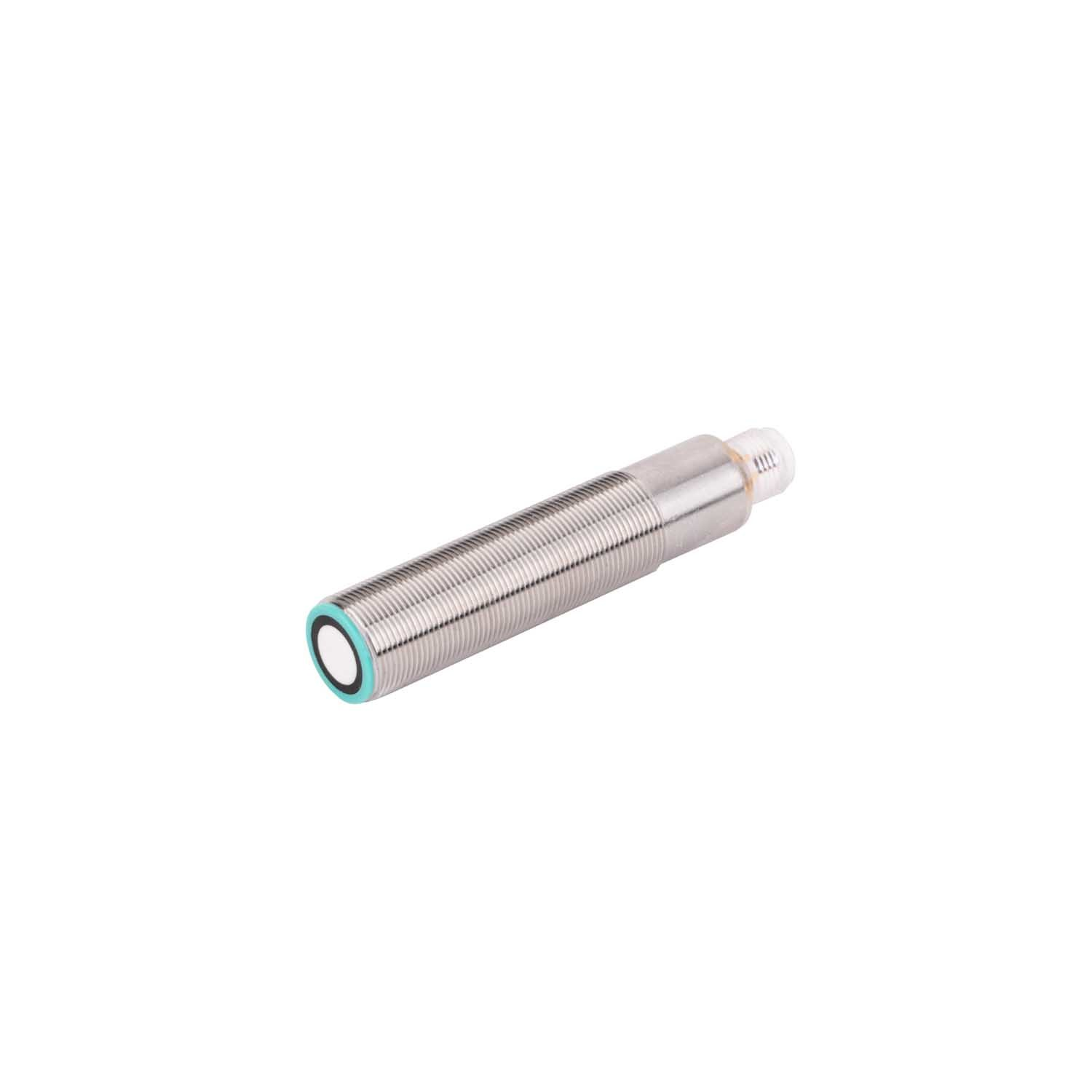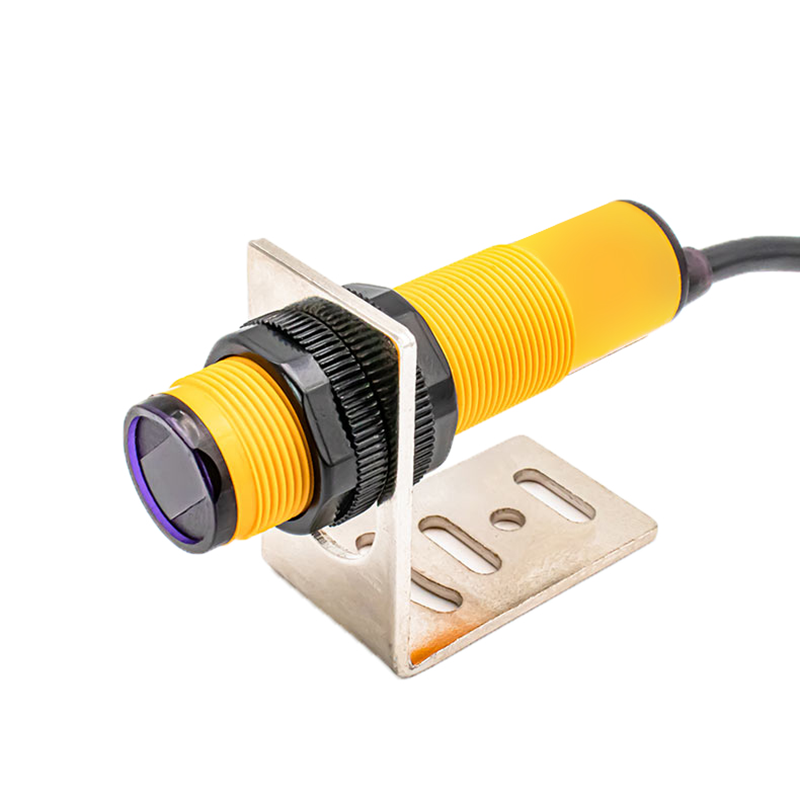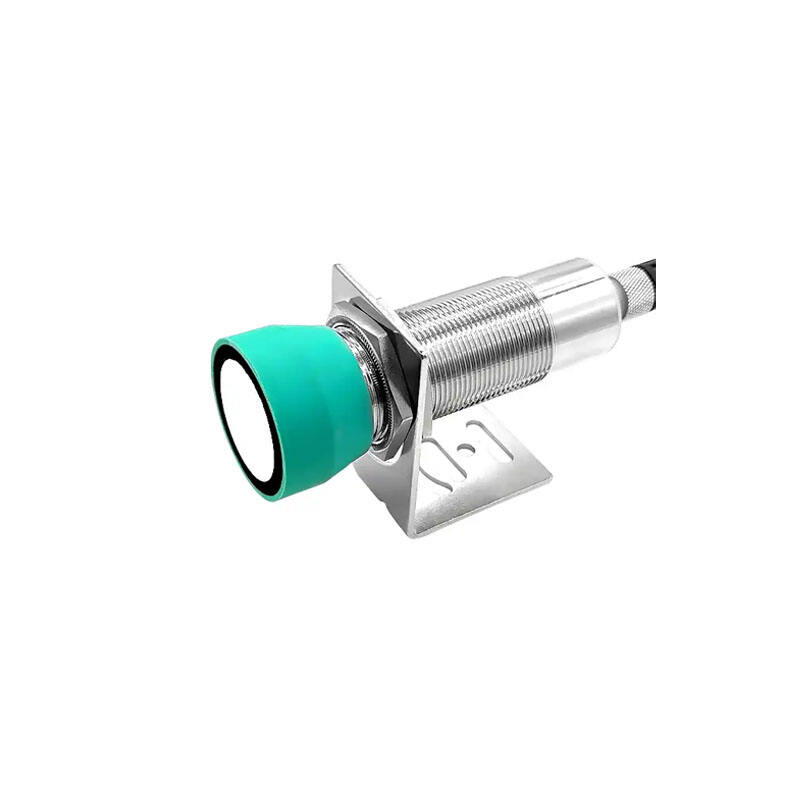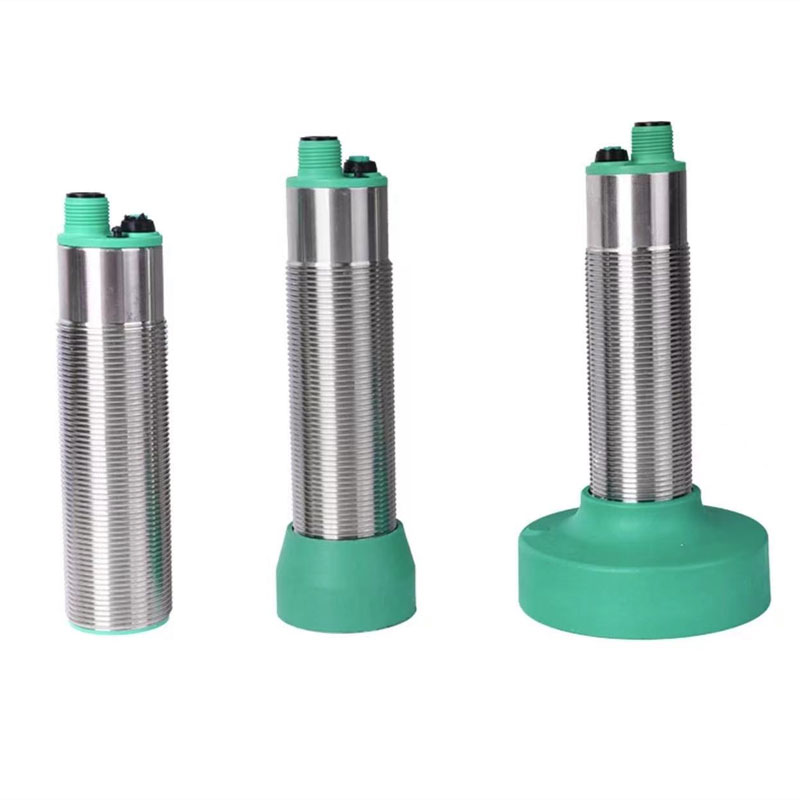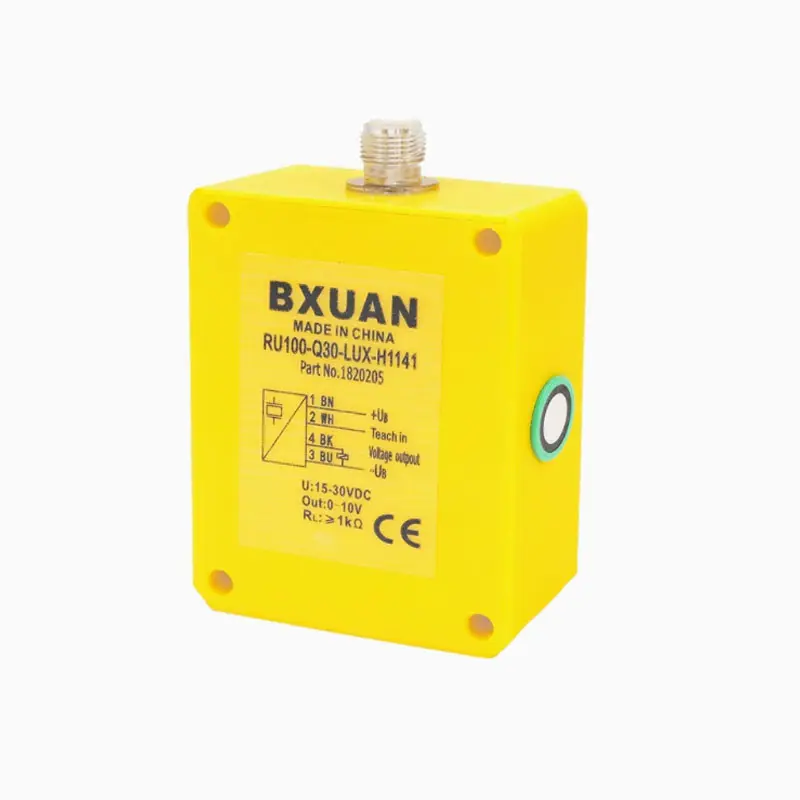ir photoelectric sensor
IR photoelectric sensors are sophisticated devices that utilize infrared light technology to detect objects and measure distances in various industrial and commercial applications. These sensors operate by emitting infrared light beams and detecting their reflection from target objects, enabling precise object detection and distance measurement. The sensor consists of an emitter that projects infrared light and a receiver that captures the reflected signals. When an object interrupts the infrared beam or reflects it, the sensor processes this information to determine the object's presence or distance. Modern IR photoelectric sensors incorporate advanced features such as adjustable sensitivity, digital displays, and multiple operating modes to accommodate different environmental conditions. These devices excel in both short and long-range detection, typically offering detection ranges from a few millimeters to several meters, depending on the model and application requirements. They are particularly valuable in manufacturing environments where they contribute to quality control, safety systems, and automated production processes. The sensors can operate effectively in various lighting conditions and are capable of detecting objects regardless of their color, material, or surface finish, making them extremely versatile in industrial applications. Their fast response times, typically in milliseconds, enable real-time monitoring and quick system responses, essential for high-speed production lines and safety applications.

